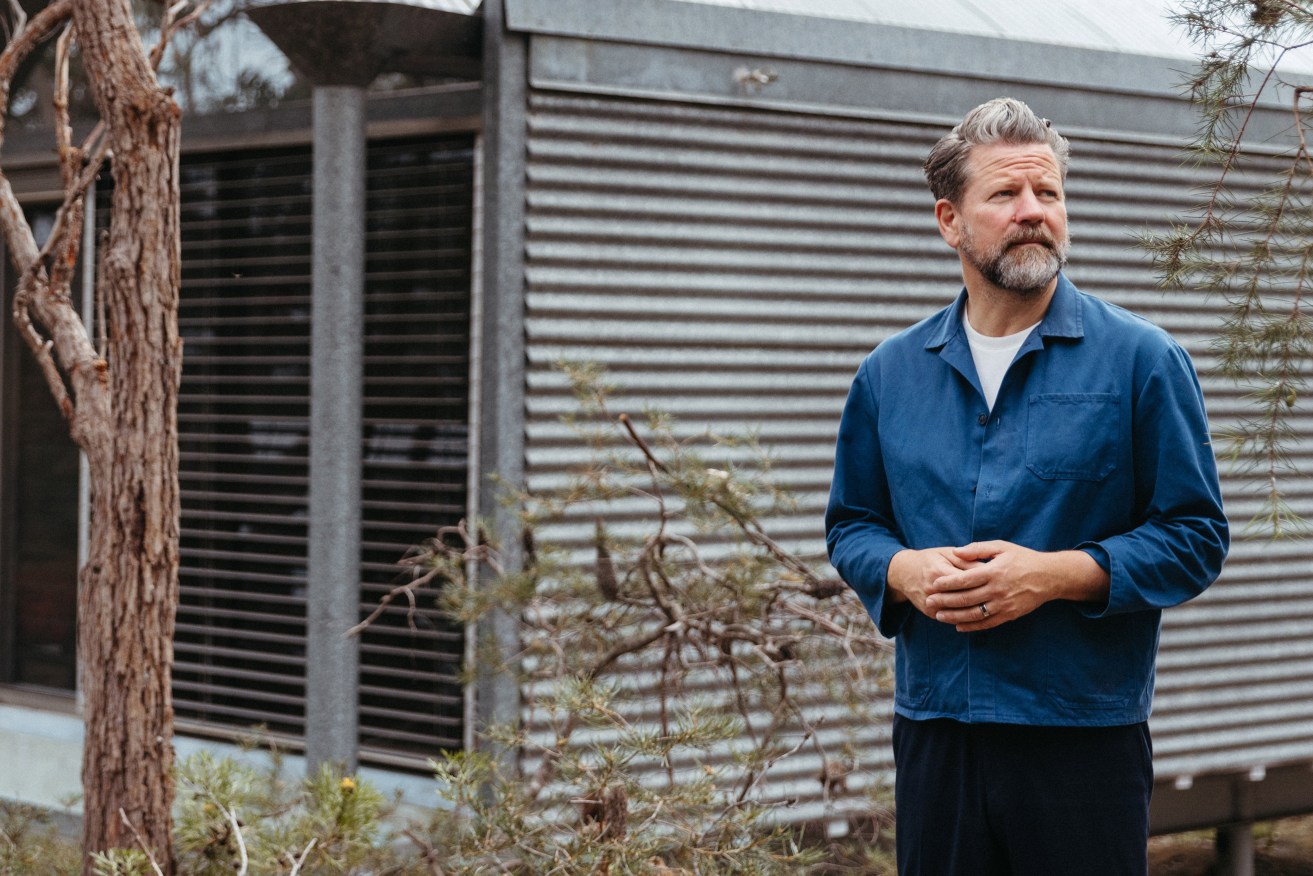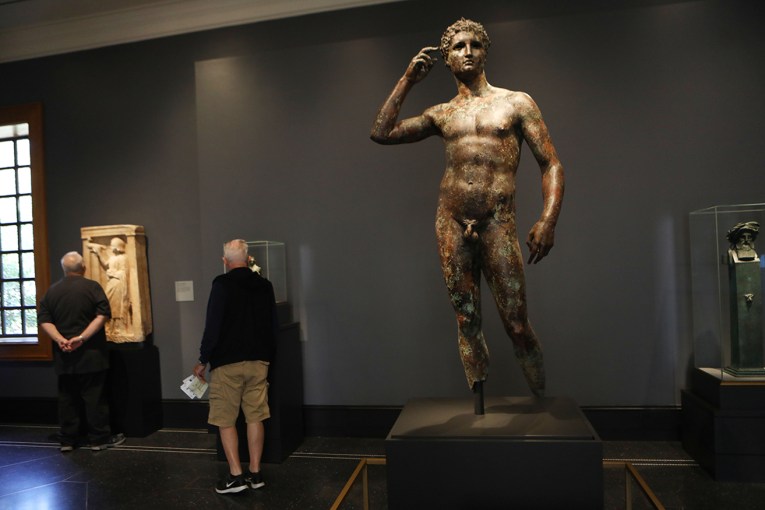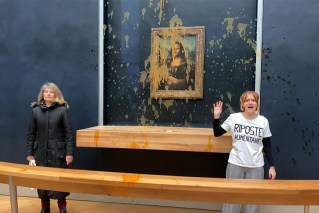Comedian and architecture nerd, Tim Ross’s Designing a Legacy unpacks more than buildings


Tim Ross
On his travels around Australia to find weird and wonderful buildings and the people and stories behind them, comedian and self-confessed professional architecture nerd Tim Ross stumbled across a jewel.
In the Hobart bayside suburb of Sandy Bay, Ross, 52, a lover of mid-century architecture, found a 1950s masterpiece perched high on the hill overlooking the Derwent River estuary.
And boy, did it have a story.
It was designed by talented doctor, writer, artist and Austrian emigrée Edith Emery. She reinvented herself as an architect in Hobart after fleeing Hitler and postwar Europe, designing a light-filled, butterfly-roofed home for her family in 1958.
They even devoted an episode to her in the 2018 German mini series Clash of Futures! Who knew?
“This is what I love, we connect architecture to people and it becomes far more interesting … with an architecture series, you have to connect them so deeply with people and stories,” Sydney-based Ross tells The New Daily about his new two-part ABC series, Designing a Legacy (June 4).
“She was an extraordinary architect and until recently, missed in history … they may have ended up in the newspapers but as time has gone on, written out of history.
“Most people don’t just want to hear about the stories of how something was built, or just look at the pictures of it.”
Good to “give her space”, he says.
Outside of architecture circles, the little-known story of Emery isn’t the only masterpiece in Ross’s journey as he uncovers homes, art galleries, motels, museums and mosques that have shaped how and where we live.
And why.
The show takes us down to Bruny Island (south of Hobart), where Ross meets architect John Wardle. He takes Ross on a wander through his renovated and redesigned original cottage built by Captain Kelly in the 1830s (with the help of ship hands during the whaling off-season).
Looking out over the sea, sitting with a cuppa with a Nuenonne Aboriginal elder, Rodney, Ross and Mr Wardle chat about some of Tasmania’s dark early colonial history, where buildings sit in it, and how to “integrate and remind everyone that there’s a story there”.
“We are a rapidly changing country in terms of how we’re looking at our recent history and that’s a beautiful and important thing.”
Mr Wardle won a residential architecture award for the conservation of the cottage, with a citation that read the “new elements heal the old with sympathetic material choices and inventive reinterpretations”.
The men talk about a “shared landscape”, as Rodney says his people who lived there, are “still out there, listening, still wanting to be part” of it.
“[That] was so incredibly powerful,” he says.
At the top of the country, on a four-day trip in the Torres Strait with Indigenous architect Kevin O’Brien, Ross gets a first-hand understanding of what designs work, and how they take in heat, wind, trees and the water.
“His idea of a frame of view can also be a reminder of another story to tell. A simple way of engaging with another story.
“What happened to me filming was this realisation, summed up by Arthur Boyd, we can love the landscape, but don’t understand it yet.”
Source: YouTube/ABC
Cats know best
Maybe it’s cats.
Is there such a thing as the best or worst house or building on the street?
No.
The house could be rubbish, but what’s inside is gold.
If there’s a welcome with a meal, a cup of tea, Ross reckons “that’s precious”.
He also takes a trip across western Sydney, making jokes about rendering, looking at mosques.
“For residential architecture, architecture’s role is to try and elevate that process by making sure you’ve got natural light, that the sun can hit your bed.
“They always talk about cats being the best judges of architecture. They always find the light.
“Maybe architecture’s role is to frame that tree, frame that story. That is not always possible but that doesn’t mean houses don’t have life and love.
Ross, who grew up in the bushy surrounds of Mount Eliza on the Mornington Peninsula, remembers the houses that made an impression on him as a kid.
He loved the “brown house” by Sir Roy Grounds, an architect influenced by the modernist movement of the 1930s, at the bottom of the hill in Frankston.
He passed it a million times.
“I also have this wonderful memory of my parents taking me to a modernist home in the 1970s where I fell asleep on this circular couch in front of a fire that was in the middle of this house, which had an expanse of glass and the sparkling lights of the city.
“I kept asking mum, what was that house?”
He’s all grown up now, and plans on spending more time asking about houses.
“I’ve never got my head around it and I always felt I had this deep connection to the bush and then I realised that connection was based on how I grew up,” he says.
“Its an appreciation, not an understanding, that is the next step for us as a nation to have a deeper understanding of country.








